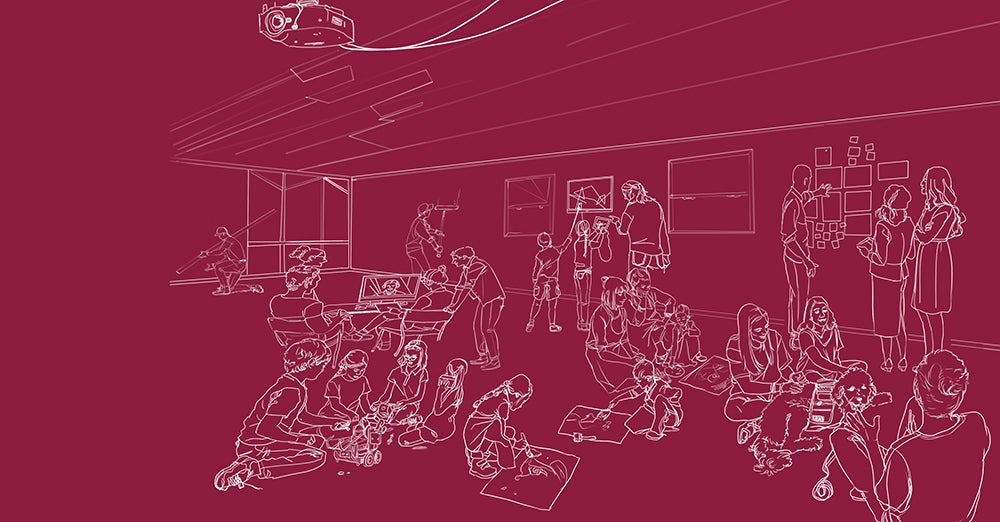Justice, equity, diversity and inclusion
Providing all students with deeper and personalized learning means closing equity gaps that exist in relation to race, ethnicity, class, language and ability. In order to do this work well, members of educator teams must carve out time to nurture their individual and collective growth with respect to justice, equity, diversity and inclusion.
The activities in this collection are purposefully sequenced. Although you don’t have to participate in the activities in the order they appear here, we recommend creating your sequence with intentionality.





Resources

Identifying your equity imperative: Naming what you stand for and why
In this activity, you will reflect on a possible definition of equity, identify your equity imperative and share with your educator team. An equity imperative is a call to action representing an urgent and deeply felt need to address inequity. An equity imperative empowers you to answer the question, “What do I stand for and why?”

Educator team constructivist listening protocol: Reflecting, releasing emotion and constructing new meaning
In this activity, you will engage in an adaptation of the National Equity Project’s constructivist listening protocol. Together, with one or more members of your educator team, you will practice deep listening and construct new meaning about your identity and your lived experiences.

Reflecting on personal identity: Examining and sharing what makes you unique
In this activity, you will create and share with your educator team a visual representing your personal identity. Personal identity is the story you tell about yourself that creates your self-concept and makes you unique (e.g., your skills, your hobbies, adjectives that describe you).

Reflecting on social identity: Examining and sharing about group belonging
In this activity, you will create and share with your educator team a visual representing your social identity. Social identity is the story others tell about you and where you fit into society or the groups to which you belong (e.g., your race, ethnicity, gender identity).

Educational legacies: Reflecting on and sharing the personal connections you make between race, class and education
In this activity, you will reflect on the connections you make between race, class and education; share those connections with your team; and listen as team members share. This activity is an opportunity to gain an understanding of each other’s lived experiences and build empathy and trust.

